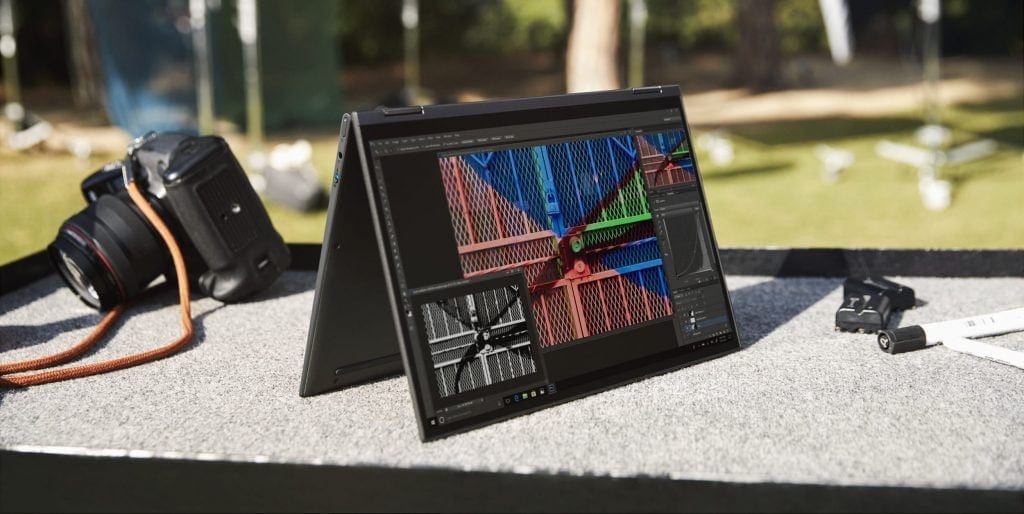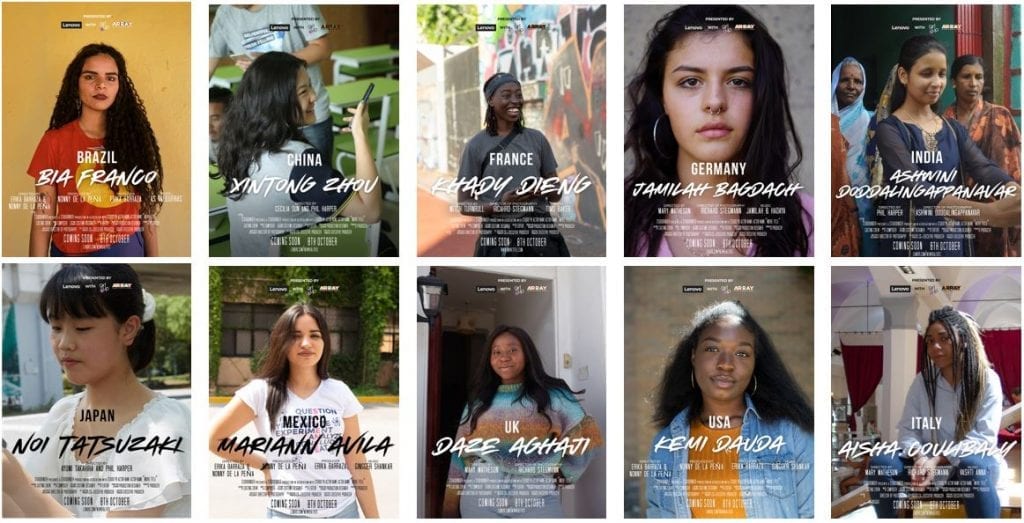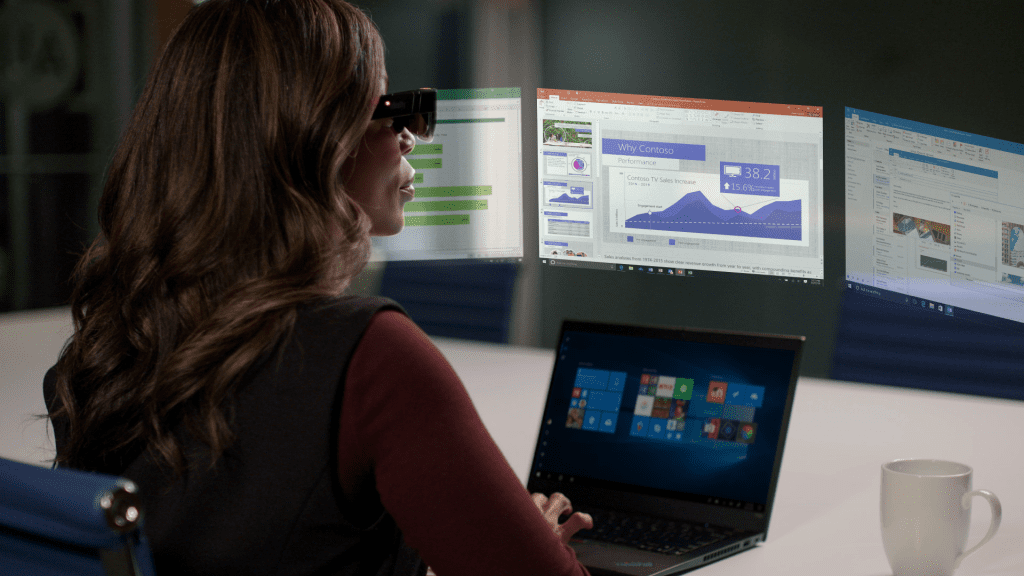I am even more convinced about the potential of technology. This belief comes on the heels of CES 2021, the largest technology show in the world, which was virtual for the first time ever. As I think about how the industry raced to deploy technology to meet the immediate needs of communities grappling with the effects of the pandemic over the past year, I am proud of how technology improved safety, created new models for work, and helped human connection overcome distance.
Often, the game-changing innovations are what we remember in history – we’ve pioneered our share of those, recently with the first foldable laptop and the first 5G PC. While we’re focused on engineering the future innovations that will allow us to do new things, it’s the incremental, iterative innovations developed, expanded, and refined over many years that have reached a tipping point in giving us tech that allows us to adapt during the pandemic.
We know that reliable video streams, 5G for low latency interactions, hybrid work models, seamless remote collaboration, the future of virtual healthcare, and other essentials are on everyone’s minds. Our latest devices cover gaming, multi-screen interfaces, and new form factors for home offices to deliver on the new lifestyle of remote work, study, and play and continue this iterative innovation that has cumulative impact (Take a tour of our newest ThinkPads, IdeaPads, Legion gaming PCs, and more!).

We believe technology is fundamental to enabling richer human connections and it must be inclusive to bring meaningful innovations to all of us as we go forward.
Enabling Richer Human Connections
When I think about how we are creating opportunity and connection where it otherwise would not exist, it embodies our vision of Smarter technology for all. The turbulence of 2020 demonstrated the gaps between those with ready access to both devices and infrastructure and those who did not. The result. Some were empowered while others were isolated.
Technology can level the playing field, eroding economic, geographic, and accessibility barriers to entry. Simply put, everyone needs access. Access to technology improves lives, and we see that in our New Realities video series, an immersive exploration of life through the eyes of 10 extraordinary young women who use technology to create art, inspire activism, and build communities.

Our Lenovo Innovators program are another example of the power of tech enabling human connections. How does a marine biologist who relies on travel to work on reef restoration navigate COVID-19? How does an elementary school teacher support her students through creativity over compromise? How does a New York City-based mentor keep kids on path to brighter future? The answers to those questions, shared at CES, are telling and inspiring. In each instance, technology supported the commitment and ingenuity of the Innovator.
We cannot underestimated the need for connectivity to improving society, from enabling virtual patient care to educating tomorrow’s leaders through eSports programs for college students.
A Future of Meaningful, Inclusive Innovation
Many of the advances in our devices today focus on meeting users’ immediate challenges. For example, we prioritized microphone quality to better isolate voices, flicker-free screens with low blue light to help those of us spending more and more time at our computers, and more 5G-ready devices to increase connectivity.
However, as we go forward, we must do more. With this mindset, we are making accessibility foundational to Lenovo innovation. We recently launched a product diversity office to audit new technology, like our ThinkReality A3 headset. The headset creates new ways to work using AR for virtual desktops and data overlays to collaborate remotely in real time. People with limited office (or home) space can work and create with this powerful solution.

As our UX team explained at CES, they embraced the challenge of building a truly universal solution. They created a modular kit to configure the ThinkReality to operate comfortably on different head sizes and hairstyles—what they called a diversity-first mindset. It’s about considering how would someone of a different race, someone of a different gender, someone who has limited or no vision, or someone who has limited use of their limbs, how would they interact with that solution. We have already seen our Lenovo Voice Assistant software, which provides live translations and debuted on the ThinkPad X1 Fold, benefit from a diversity review.
Going Forward
The accelerated adoption of new technologies—a 2020 trend that will doubtless continue—means tech companies have an unprecedented opportunity and responsibility to transform the way we live, work, and play in 2021. In the wake of CES, I have no doubt we will rise to the moment.
